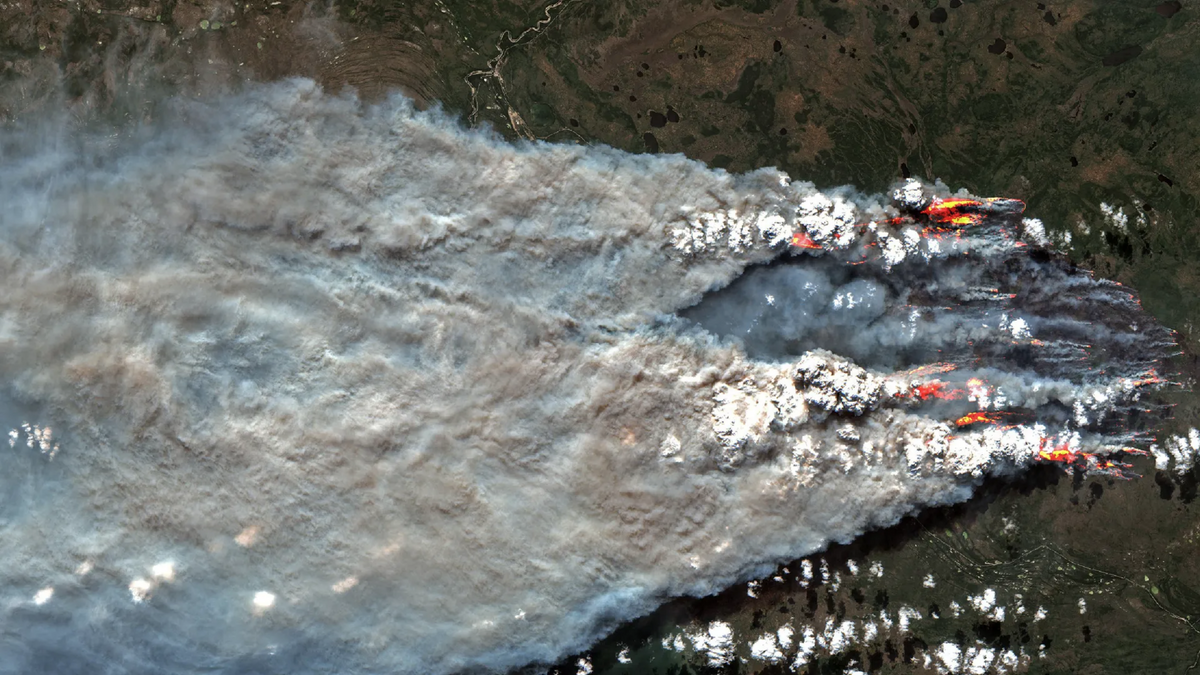From Smoke Signals to Satellite Communication
Communication has played a pivotal role in the development of human civilization. Throughout history, humans have devised various methods to transmit messages over long distances.

Introduction
Communication has played a pivotal role in the development of human civilization. Throughout history, humans have devised various methods to transmit messages over long distances. This article delves into the evolution of communication technologies, tracing the journey from the ancient practice of smoke signals to the sophisticated realm of satellite communication.
Smoke Signals
Among the earliest forms of long-distance communication were smoke signals. Ancient civilizations, such as the Native Americans, utilised this method to transmit messages across vast distances. By creating patterns of smoke using fire and blankets, they could convey simple messages, such as warnings or signals of victory. The effectiveness of smoke signals depended on factors such as weather conditions, visibility and the skill of the signaler.
Semaphore Telegraph
In the early 19th century, the semaphore telegraph system emerged as a significant advancement in long-distance communication. This system employed a series of visual signals to transmit messages. Towers were strategically placed and operators used mechanical arms or flags to indicate letters or words. By employing a standardised code, such as the Chappe code, the semaphore telegraph enabled faster and more efficient communication over longer distances. However, this system was limited by its reliance on line of sight and the need for a network of towers.
Telegraph and Morse Code
The invention of the electric telegraph by Samuel Morse and Alfred Vail in the mid-19th century revolutionised long-distance communication. The telegraph allowed for the transmission of messages over long distances using electrical signals. Morse code, a system of dots and dashes representing letters and numbers, was employed to encode and decode messages. By using telegraph lines that spanned continents, almost instant communication became possible between distant locations. This technology played a crucial role in shaping industries such as journalism, finance and diplomacy.
Telephone
Alexander Graham Bell's invention of the telephone in 1876 marked a significant milestone in communication technology. The telephone enabled real-time voice communication over long distances. Instead of relying on written messages, people could now speak directly to each other, revolutionising personal and business communication. The telephone network expanded rapidly, connecting individuals and businesses across regions and continents. The introduction of automatic exchanges further facilitated the growth of telephony, allowing for efficient call routing and connection establishment.
Radio
Radio communication emerged in the early 20th century and quickly became a popular means of long-distance communication. By transmitting electromagnetic waves through the air, radio allowed for the broadcasting of information, news and entertainment to a wide audience. The development of vacuum tubes and later solid-state electronics enabled the amplification and modulation of radio signals, leading to improved signal quality and range. Two-way communication became possible with the advent of devices such as walkie-talkies and citizens band (CB) radios, facilitating real-time voice communication over extended distances.
Satellite Communication
The development of satellite communication in the mid-20th century ushered in a new era of long-distance communication. Satellites placed in orbit around the Earth can transmit and receive signals, enabling global coverage. This technology revolutionised telephony, television broadcasting, internet connectivity and various other forms of communication. Geostationary satellites, positioned at fixed points above the Earth's equator, allow for continuous communication coverage over specific regions. Low Earth Orbit (LEO) and Medium Earth Orbit (MEO) satellites offer advantages such as reduced signal latency and improved coverage in remote areas.
Satellite communication systems comprise ground stations, satellites and user terminals. Ground stations communicate with satellites through uplink and downlink signals. These signals are transmitted using various modulation schemes and frequency bands, depending on factors such as data rate requirements, signal propagation characteristics and regulatory constraints. Satellites act as relay stations, receiving signals from the ground and retransmitting them to other locations on Earth. User terminals, such as satellite phones or satellite internet modems, communicate with satellites to establish connections and exchange data.
Satellite communication has enabled a wide range of applications, including global telephony networks, television broadcasting, remote sensing, weather forecasting and navigational systems. It has bridged the digital divide, providing connectivity to remote and underserved areas. The deployment of satellite constellations, consisting of multiple interconnected satellites, promises even greater coverage, capacity and resilience for future communication needs.
Conclusion
The evolution of communication technologies, from the ancient practice of smoke signals to the sophisticated realm of satellite communication, has profoundly impacted human society. Each advancement has brought us closer together, enabling faster and more efficient transmission of information. As we continue to push the boundaries of technology, exploring new frontiers such as quantum communication and deep space communication, it is both exciting and humbling to envision the future of communication and its transformative potential.



